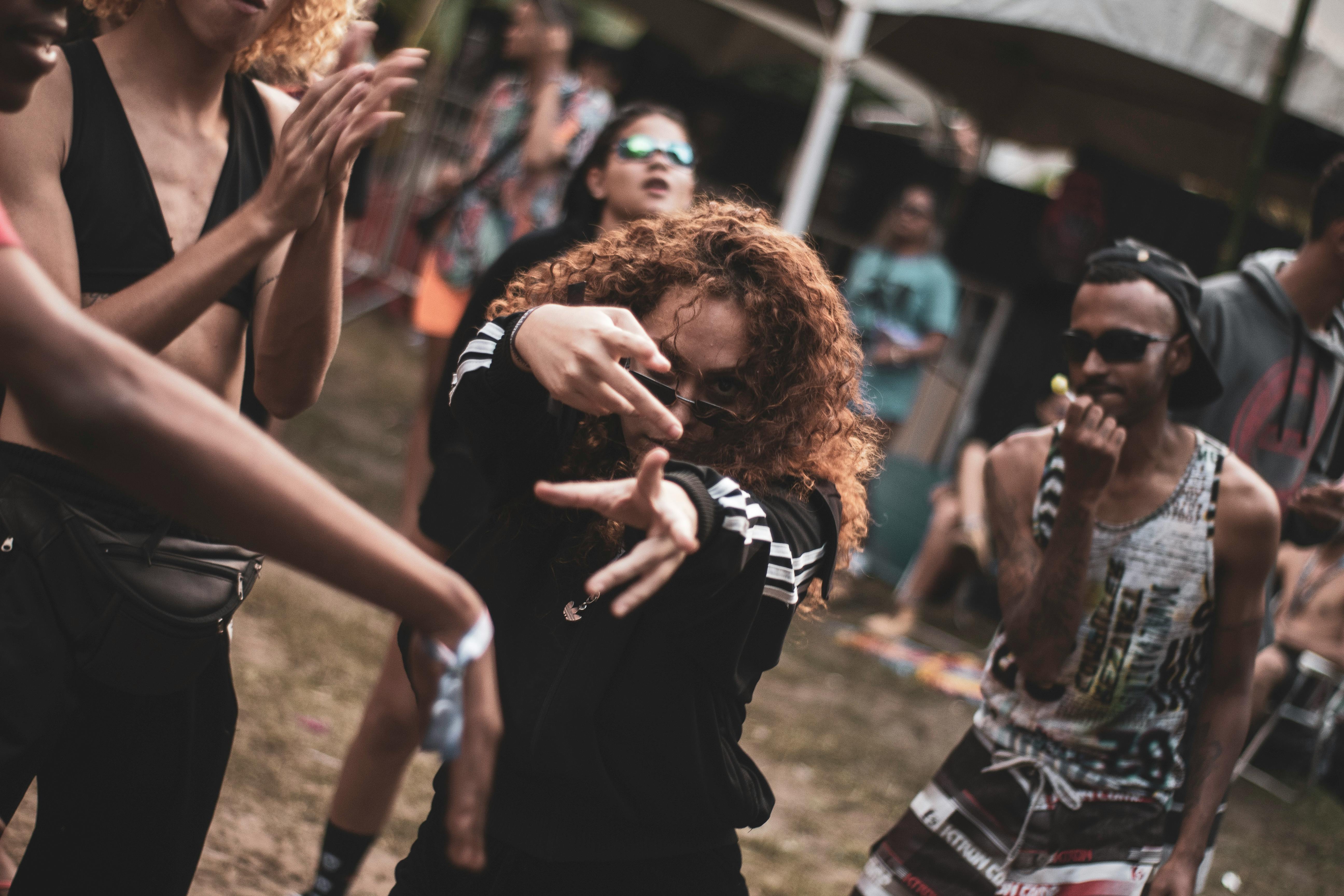Creating Spaces for Dancing, Standing and Sitting at Music Festivals.

Part of the enjoyment of attending any music festival is the chance for festival-goers to dance to their favourite music. How can organisers plan festival site spaces that allow for differing needs to allow for dance areas in addition to sitting and standing zones for those that prefer not to dance.
Festival-goers probably don't want to spend the entire festival dancing, standing or sitting and will want to have the ability to transition between any designated zones. Careful planning of a festival site that incorporates an allowance for these will enhance the overall festival experience for visitors.
Audience Demographics and Music Genres.
The genre of music that a festival is focusing on and the demographics of festival-goers should drive how a site is planned. An EDM festival will likely attract a younger audience who prefer to spend the majority of their time dancing. A folk or bluegrass event will attract a more mature audience who may prefer being seated for example. Rock festivals are known for their mosh pits which can be dangerous, so this type of designated space needs to be well thought out in a safety conscious way.
Venue Layout and Restrictions.
Fixed venues and concert halls will generally only be suitable for seated or standing audiences with limited capacity for dancing. A remotely located festival site that is being designed from the ground up can provide wider focus for building designated zones. The areas in front of stages will allow for dancing and standing with seated chill out zones further away. Consideration for health and safety protocols is paramount when designing these zones, an overcrowded dance zone can become a standing one simply because there is no space to dance.
Zoning.
A dedicated dance area needs to allow festival-goers to move freely without causing injury to themselves or others. Crowd control is essential for dance zones to prevent overcrowding and can be achieved with strict access control and security. A standing zone is easier to manage and will have a higher capacity as festival-goers are more focused on watching acts on stage and listening to the music. A seated area is usually best located further away from stages and can either be a grassy area for people to sit or some form of seating and are ideal for festival-goers with accessibility requirements.
Other Factors.
Music festivals can get very busy and overcrowded so allowing for easy movement around a festival site is essential. If designated zones are created festival-goers should be able to transition from one zone to another without hinderance. Clear signage needs to be created so that visitors know exactly where they are along with sensibly located facilities that are easily accessible like food and beverages and toilets. Advertising the availability of designated zones can make the event more attractive to potential tickets buyers and allows for pre-booking zone access for specific times and days.
For festival organisers planning their events using a software management platform like Festival Pro gives them all the functionality they need manage every aspect of their event logistics. The guys who are responsible for this software have been in the front line of event management for many years and the features are built from that experience and are performance artists themselves. The Festival Pro platform is easy to use and has comprehensive features with specific modules for managing artists, contractors, venues/stages, vendors, volunteers, sponsors, guestlists, ticketing, cashless payments and contactless ordering.
Image by Thiago Miranda via Pexels
<< Back to articles
Contact us
Get in touch to discuss your requirements.
US: +1 424 485 0220 (USA)
UK: +44 207 060 2666 (United Kingdom)
AU: +61 (2) 8357 0793 (Australia)
NZ: +64 (0)9887 8005 (New Zealand)